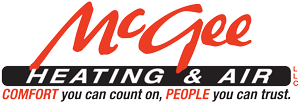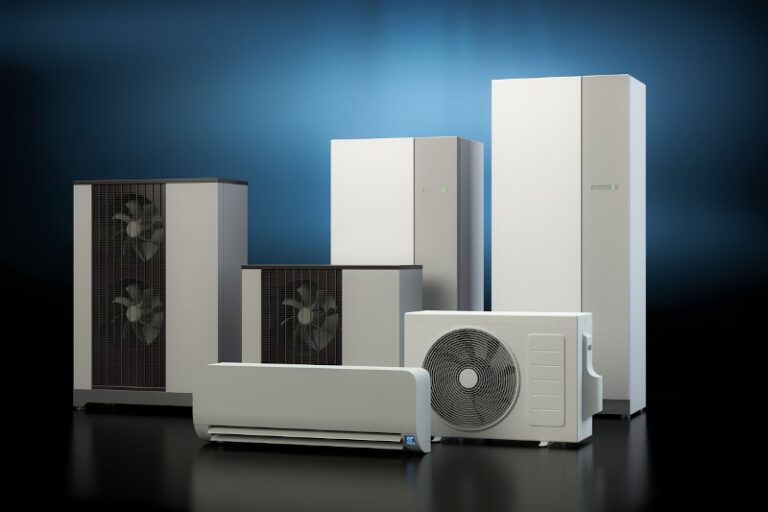A heat pump works to provide both heating and air conditioning. Heat pumps have a reputation for being highly energy efficient, and their popularity continues to increase, even in areas up north where the temperatures plummet during winter. To understand how a heat pump controls the climate in your Easley, SC, home, let’s examine the parts that make it work.
Parts That Impact Refrigerant
There are numerous parts in a heat pump that directly impact how the refrigerant flows and controls indoor climates. Every one of these parts are vital for heat transfer to take place.
Heat pumps contain a couple of valves that help to facilitate the heating and cooling process. Reversing valves change the direction of refrigerant flow to heat or cool your home. Thermostatic expansion valves regulate refrigerant flow, like how valves in the faucets in your home regulate the flow of water.
The evaporator is a critical part of the heat absorption process. Its role is to help the refrigerant to absorb heat from the surrounding area.
During the heating process, the evaporator takes heat from the outdoors and transfers it into your home. During the cooling process, the process reverses, and this component removes heat from your home.
The compressor controls how the refrigerant moves through the system. There are different types of compressors in circulation, and these are your piston and scroll models. Scroll compressors last longer and are much quieter, and they provide anywhere from 10 to 15 degrees more heat during heating mode.
The accumulator is a refrigerant reservoir. This component adjusts refrigerant charges depending on the season or heating and cooling needs.
The evaporating and condenser coils heat or cool the air. This depends on the settings you chose.
The refrigerant lines connect the indoor and outdoor equipment together. These are vehicles for the refrigerant to travel.
Finally, there’s the refrigerant itself. This substance makes the heating and cooling process possible. Without it, the heat pump cannot do its job.
Controls
Several components enable the heat pump to operate, and they allow you to control temperature settings. The thermostat allows you to specify whether you want the system to run in heating and cooling mode, and you can determine the temperature you want your home to be. The control board functions as the motherboard for your heat pump because this component manages and coordinates all system operations.
The Heat Strip
The heat strip allows the heat pump to function in colder climates. This is an electric heat source that boosts heating ability when temperatures drop extremely low. Once temperatures outside decrease below a certain amount, the heat pump becomes ineffective, and this is when the heat strip kicks in to heat your home.
Air Ducts
The air ducts are integral for the system to do its job. They are vectors for circulating treated air throughout your home.
Indoor and Outdoor Systems
The outdoor unit, usually located at the back or side of the house, contains several key components. It houses the compressor along with the condenser coil and the fan.
When running the system in heating mode, the outdoor unit functions as the evaporator. It transfers heat from the outdoors into the home. During cooling mode, this process reverses.
The indoor unit contains the evaporator coil and air handler. During heating mode, this unit functions as the condenser, and it releases the heat that the refrigerant absorbs into your home. A fan inside the unit facilitates heat circulation.
When the heat pump runs in cooling mode, the indoor unit will reverse the process. It transfers heat outdoors and circulates cool air throughout the home.
As technology advances, manufacturers will continue to refine these components to improve their efficiency. To ensure your heat pump runs at peak performance, you should have it serviced at least once each year or twice if you use it year-round. To schedule maintenance, contact us at McGee Heating & Air Inc.
Image provided by iStock

